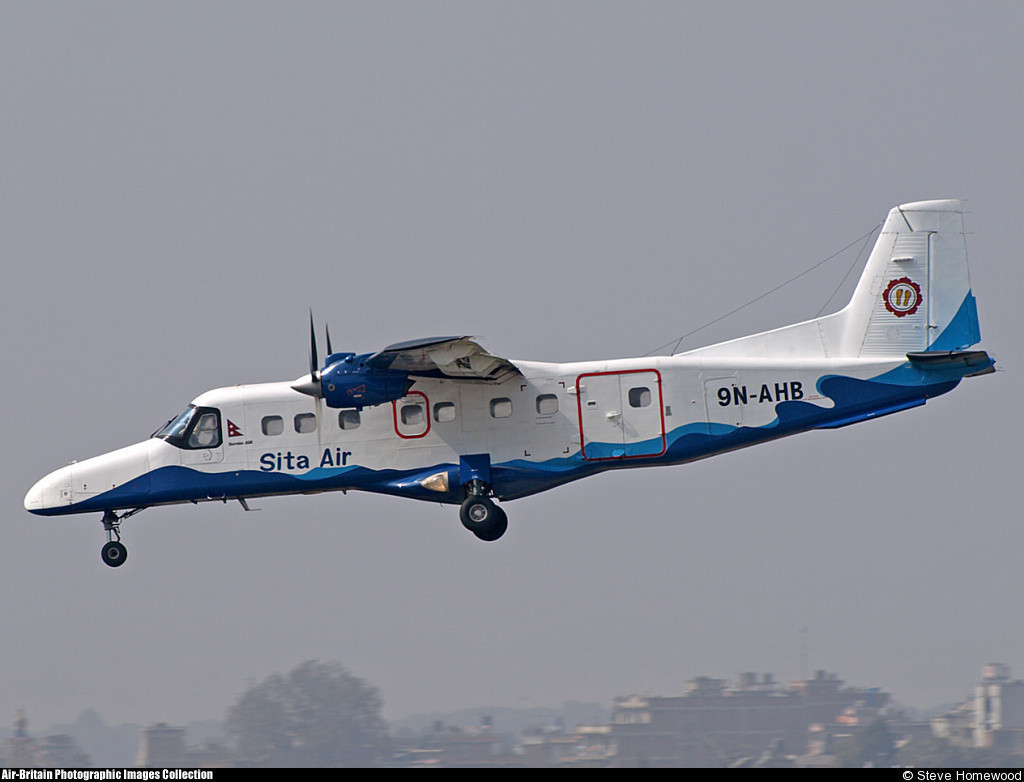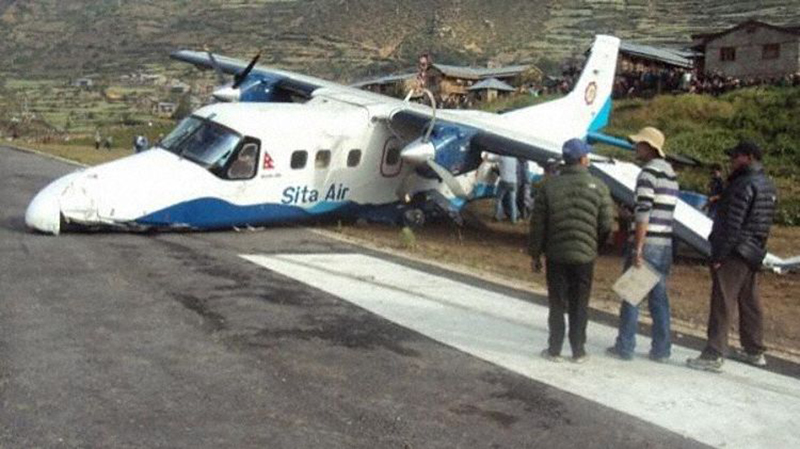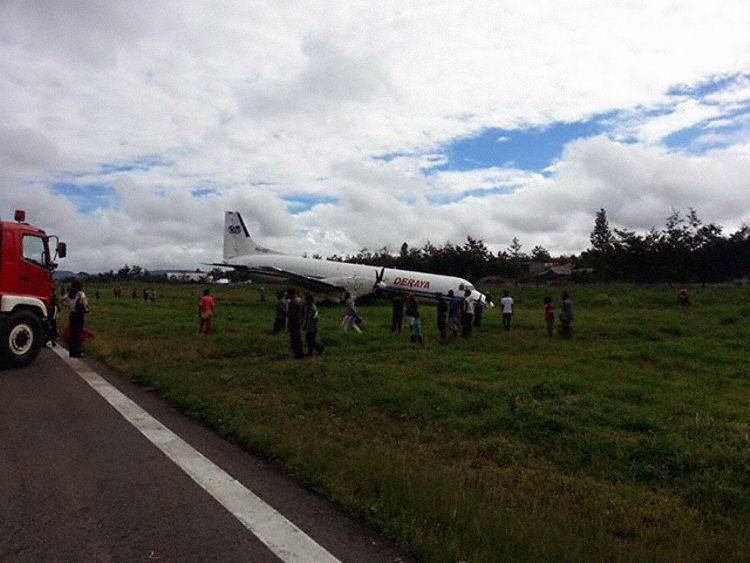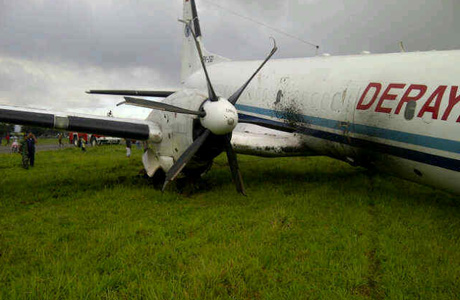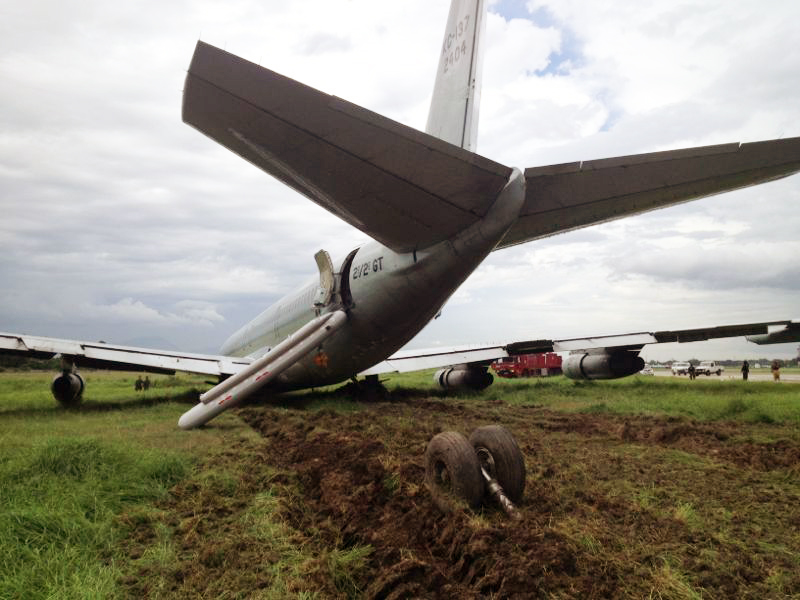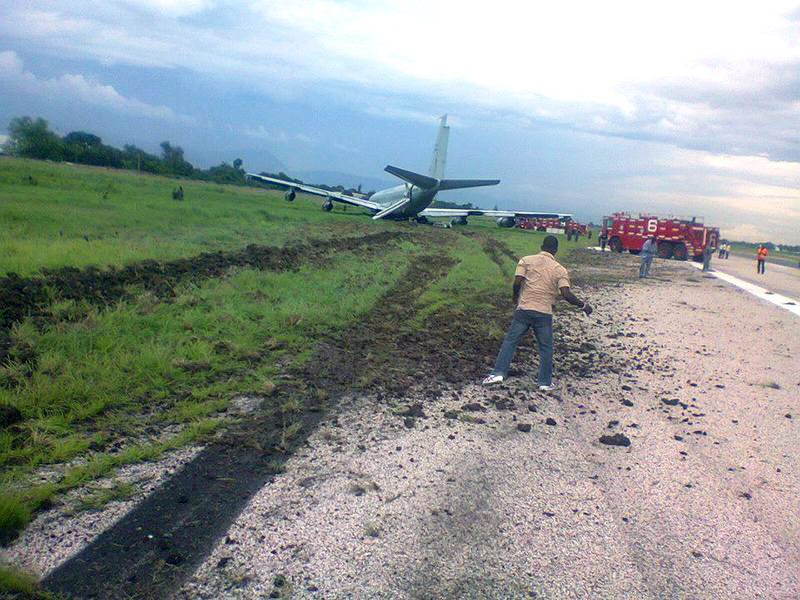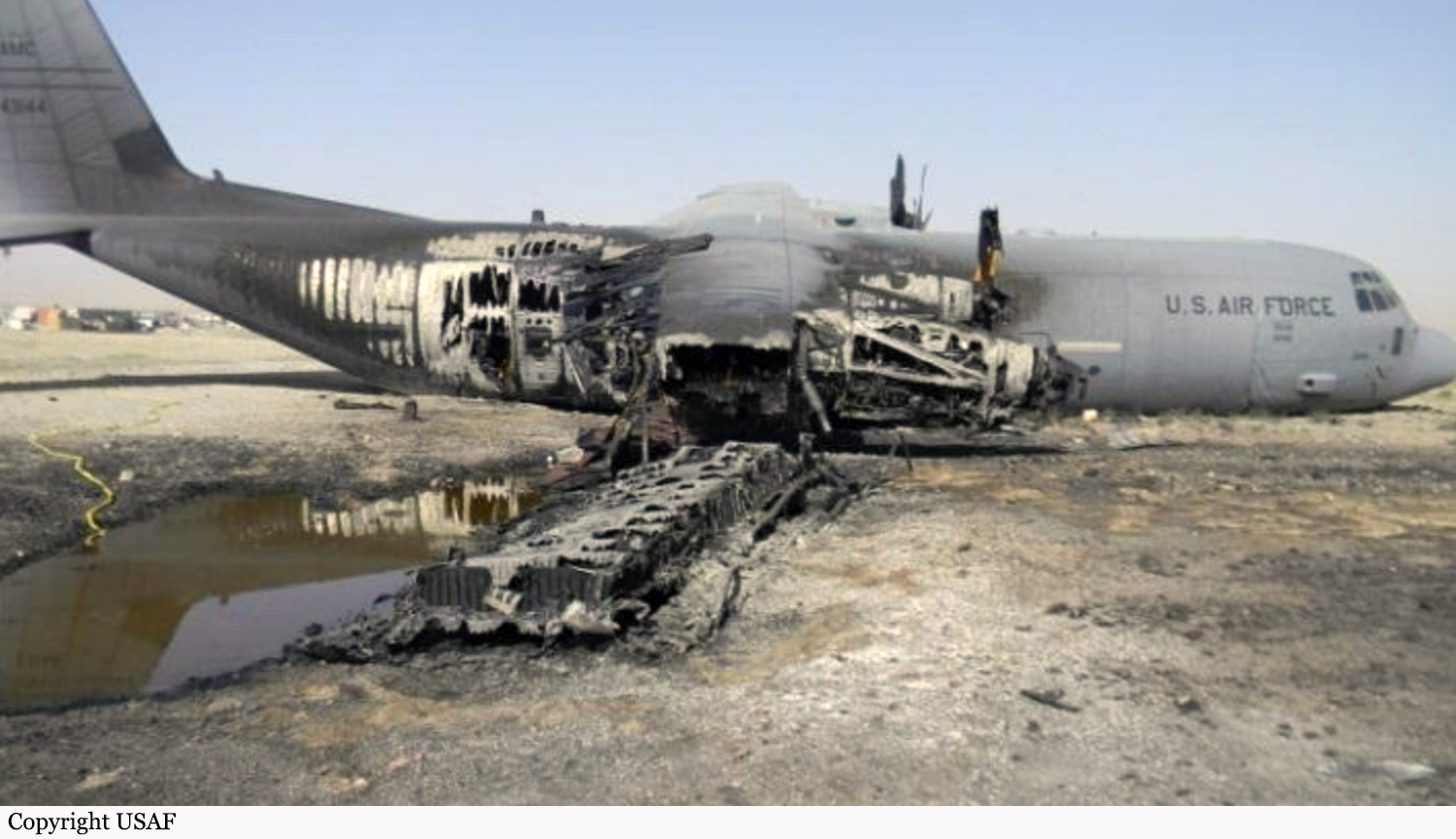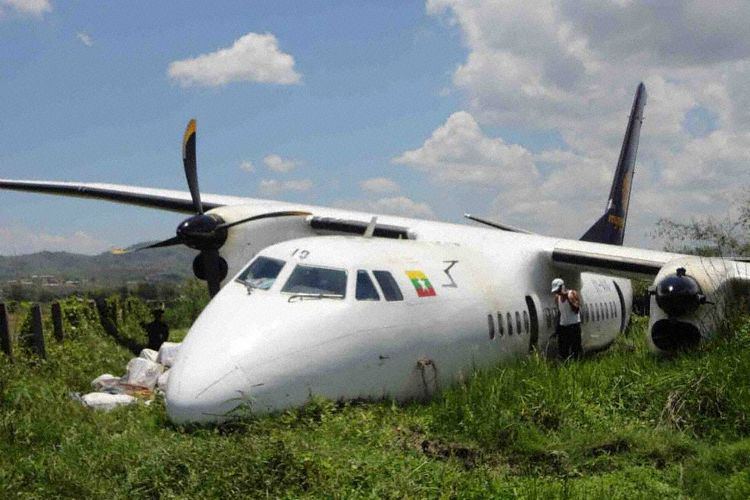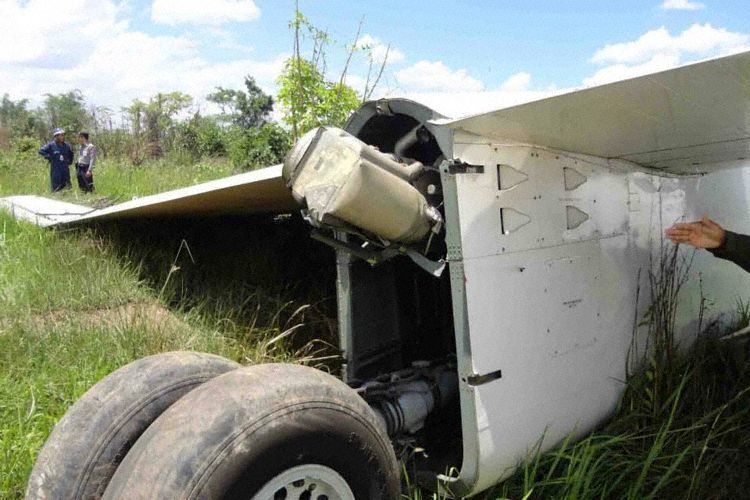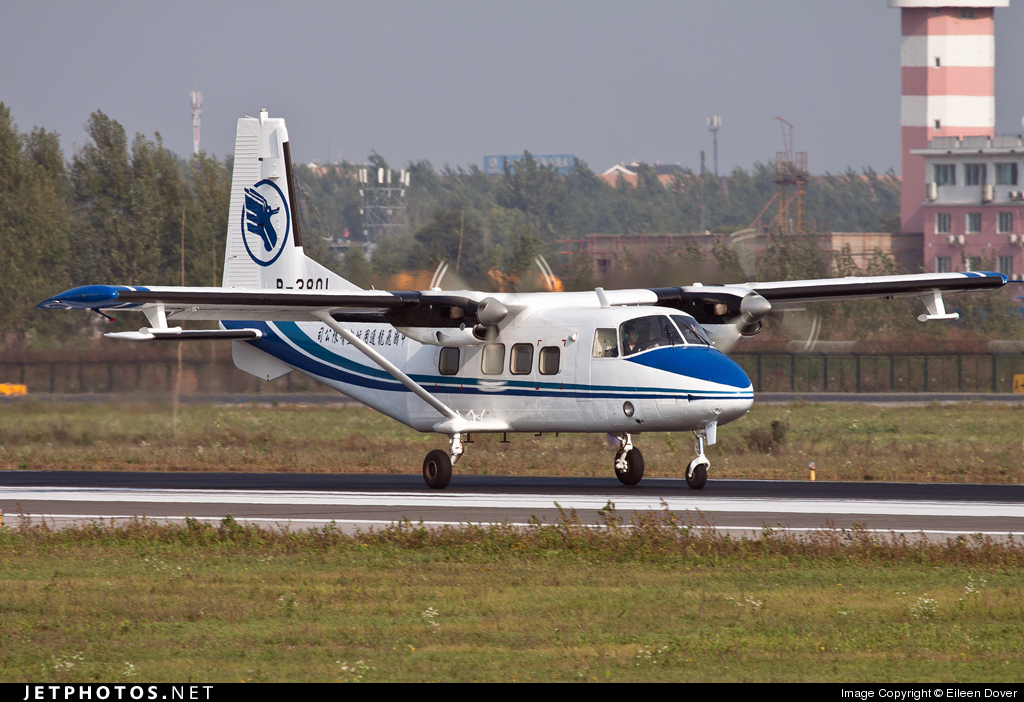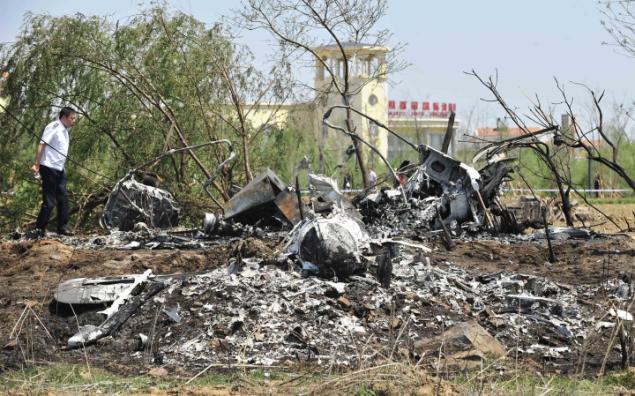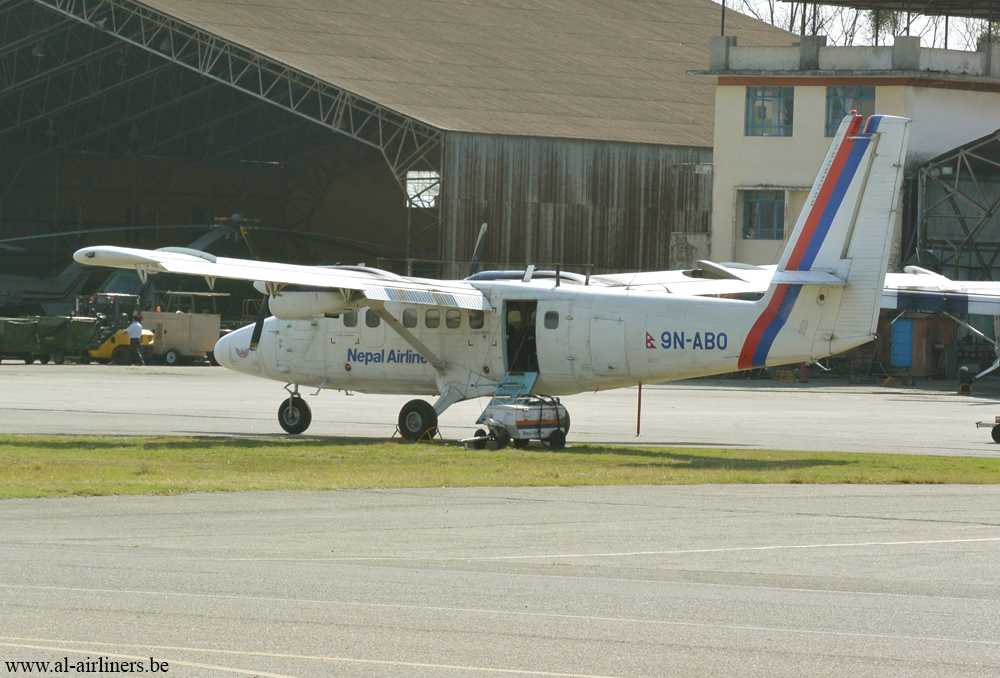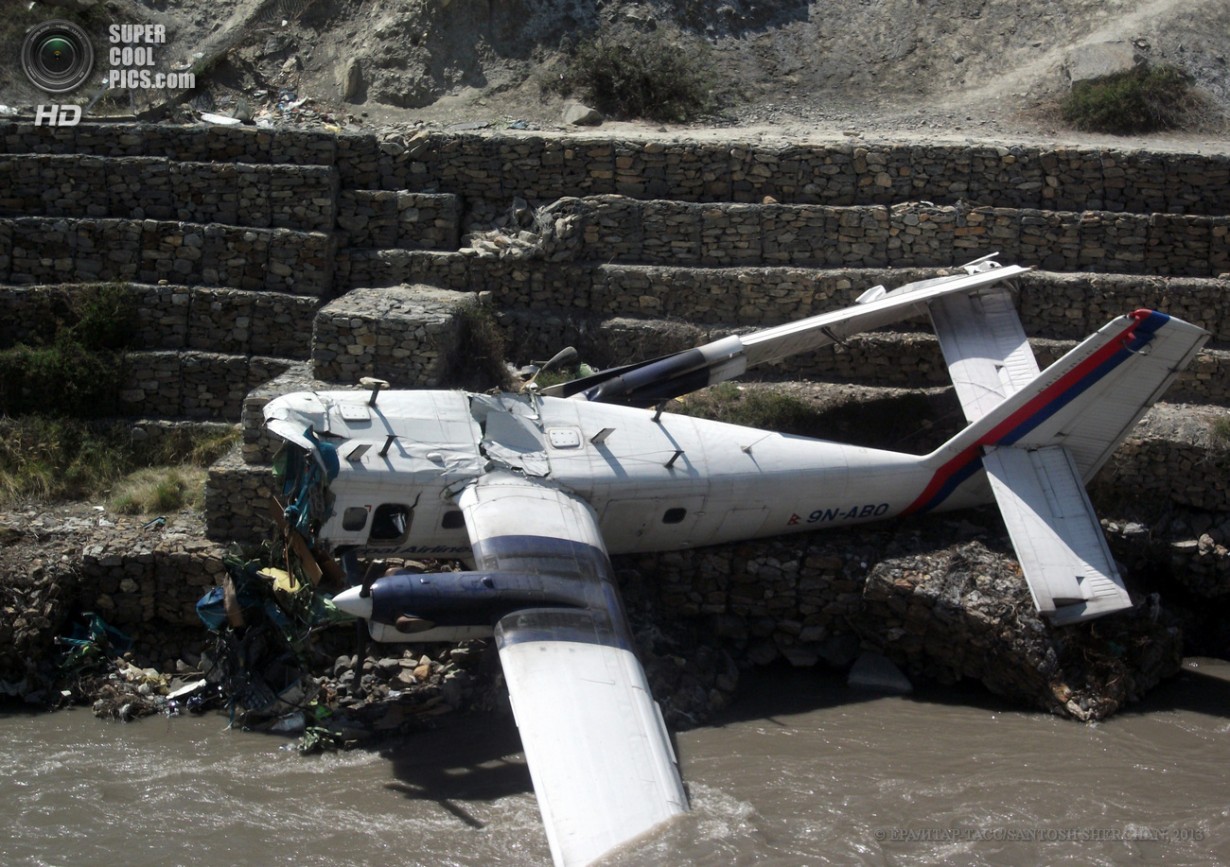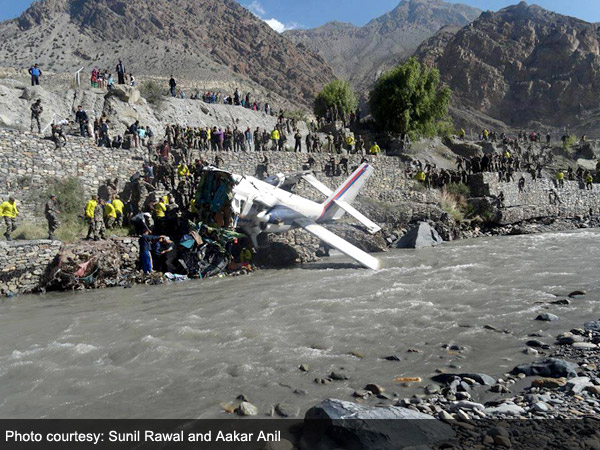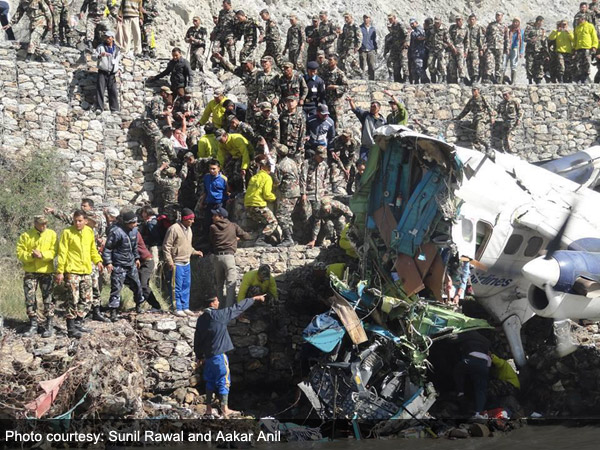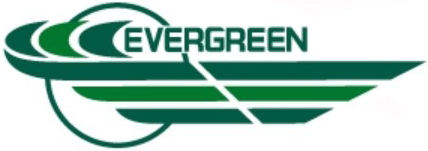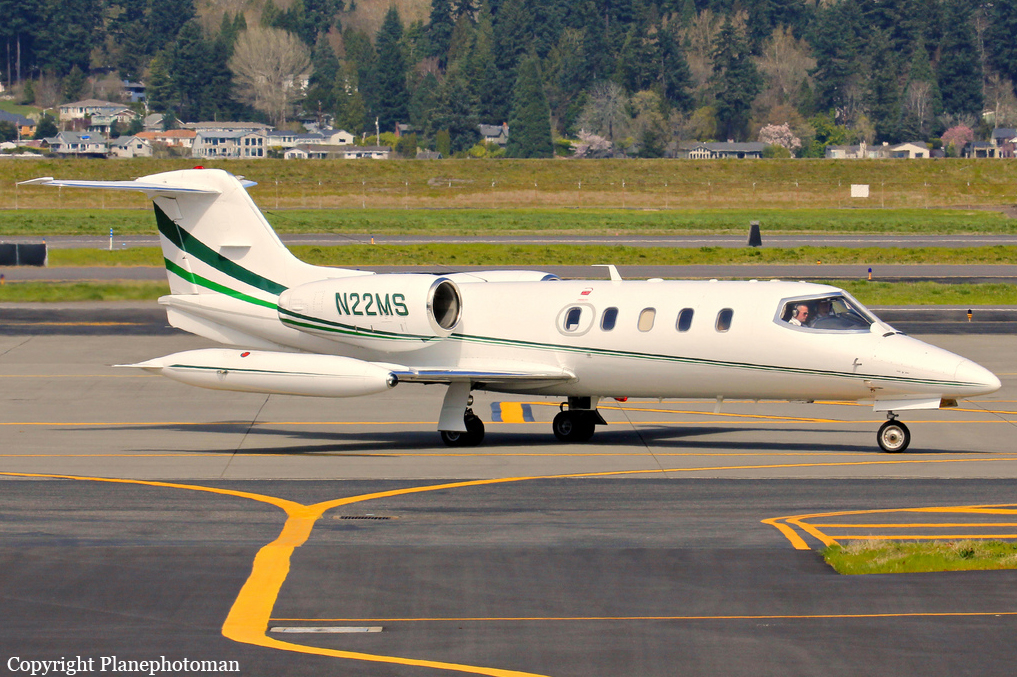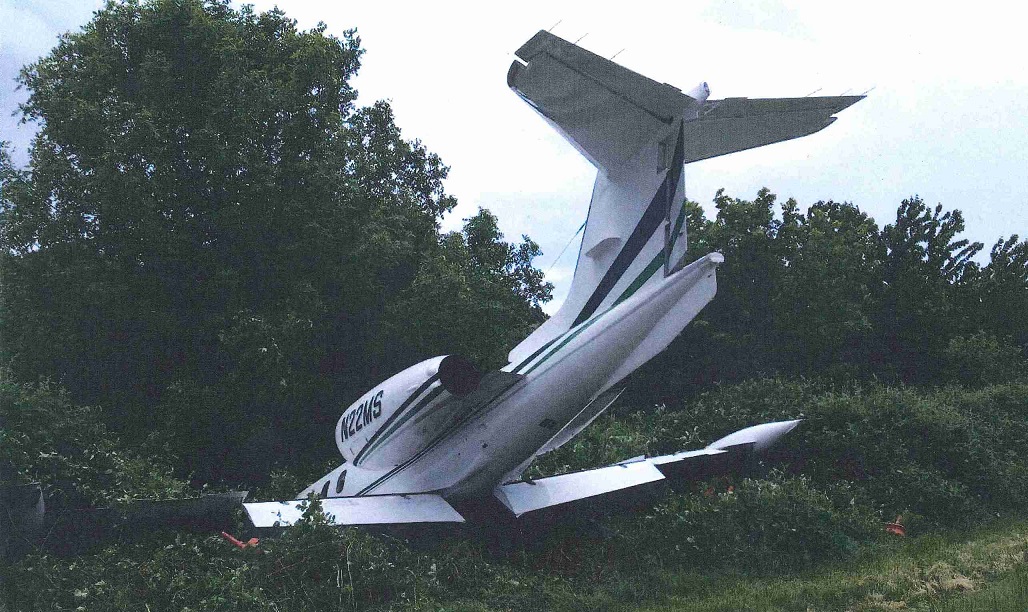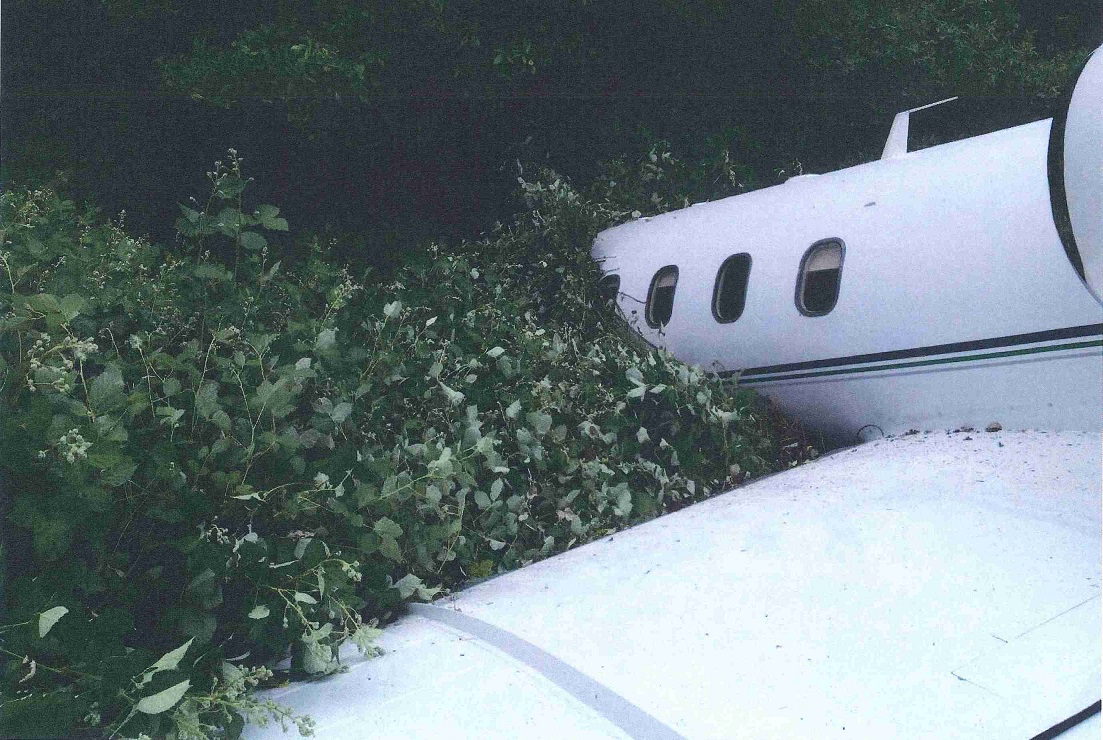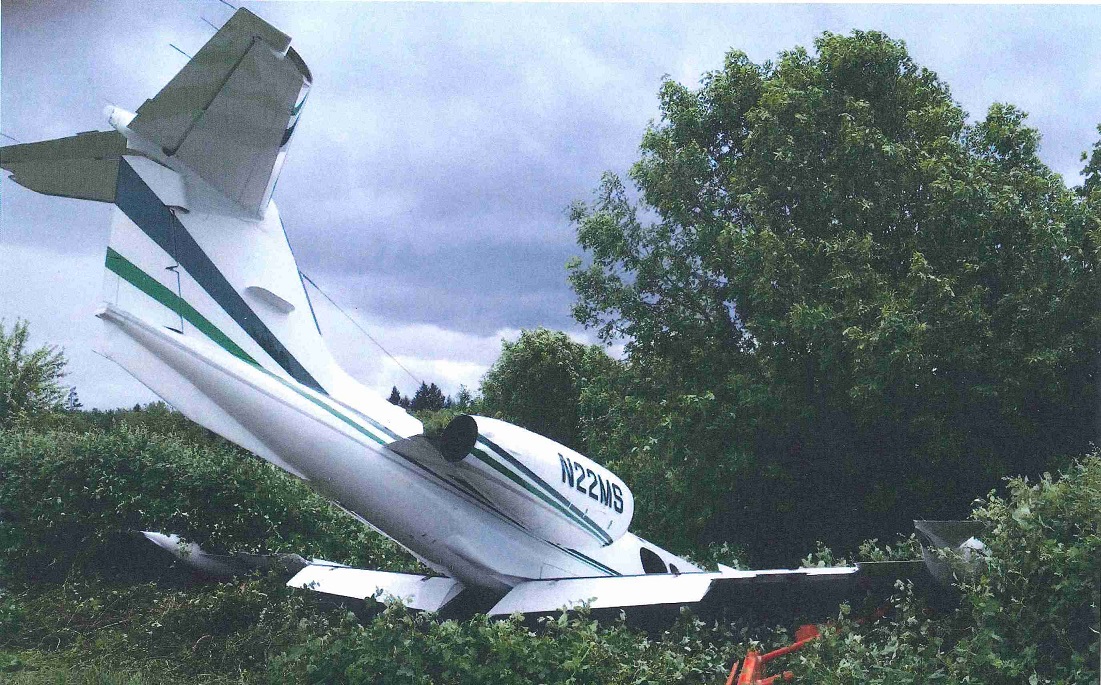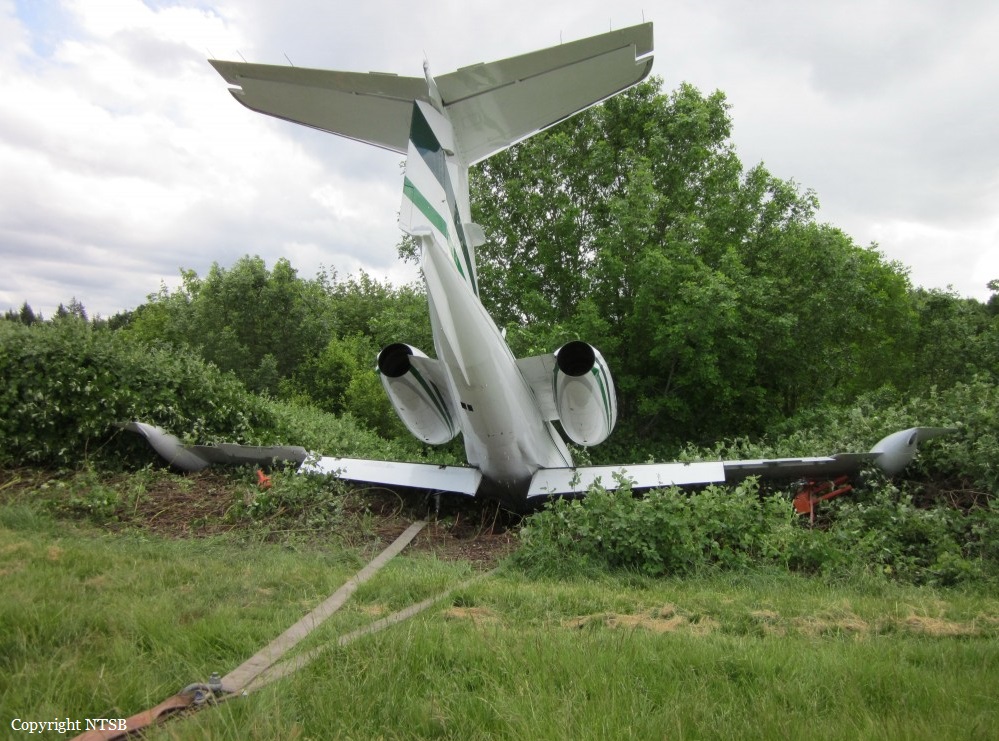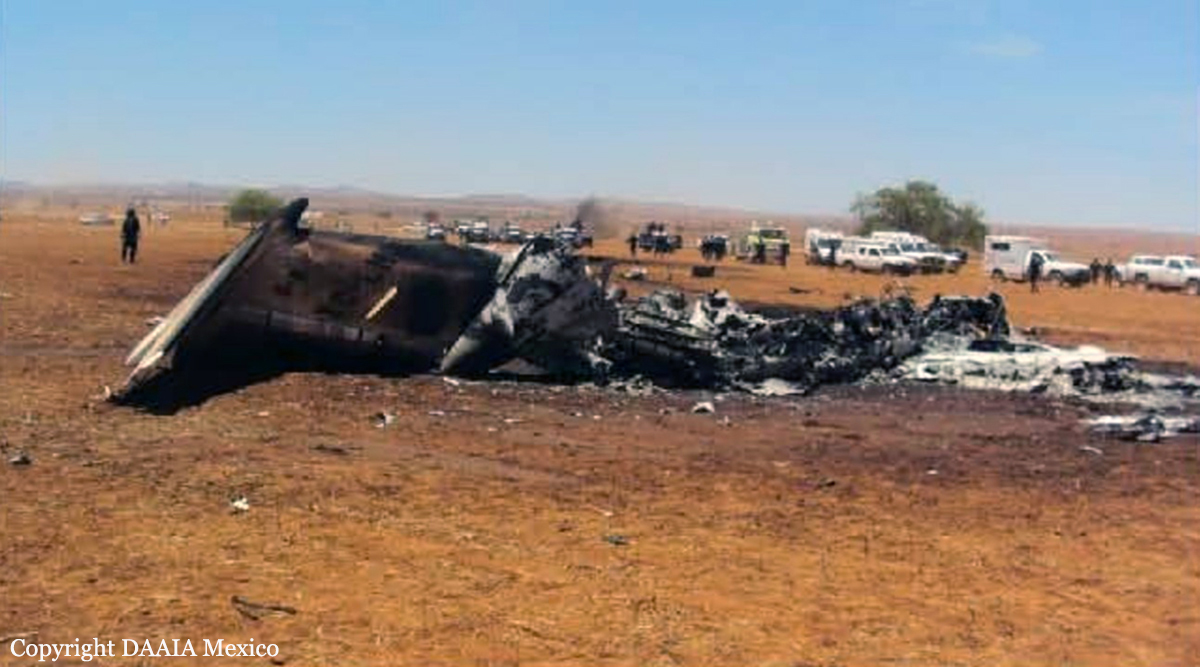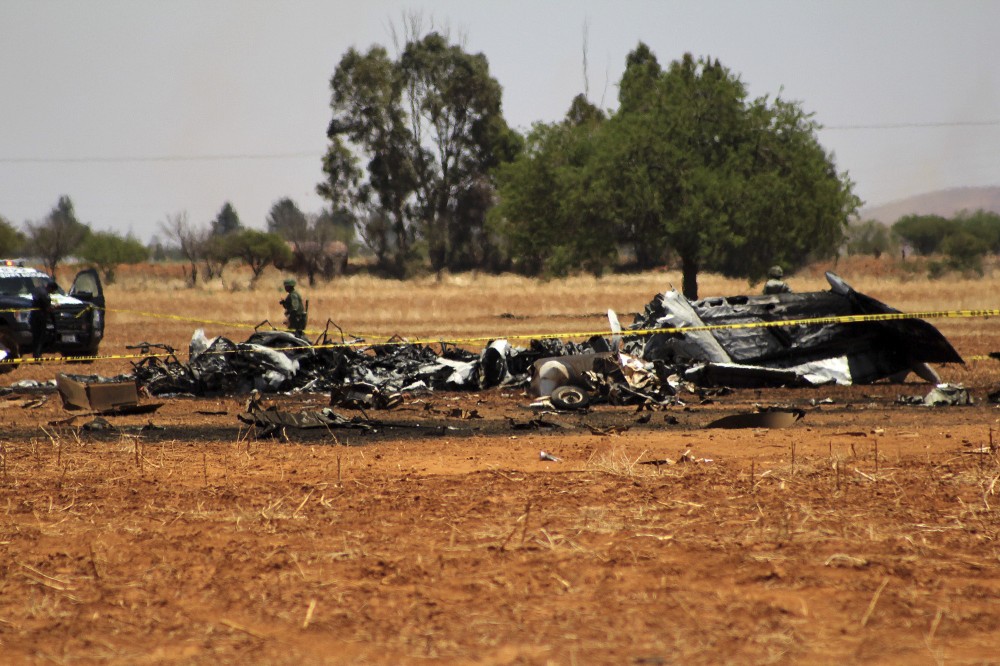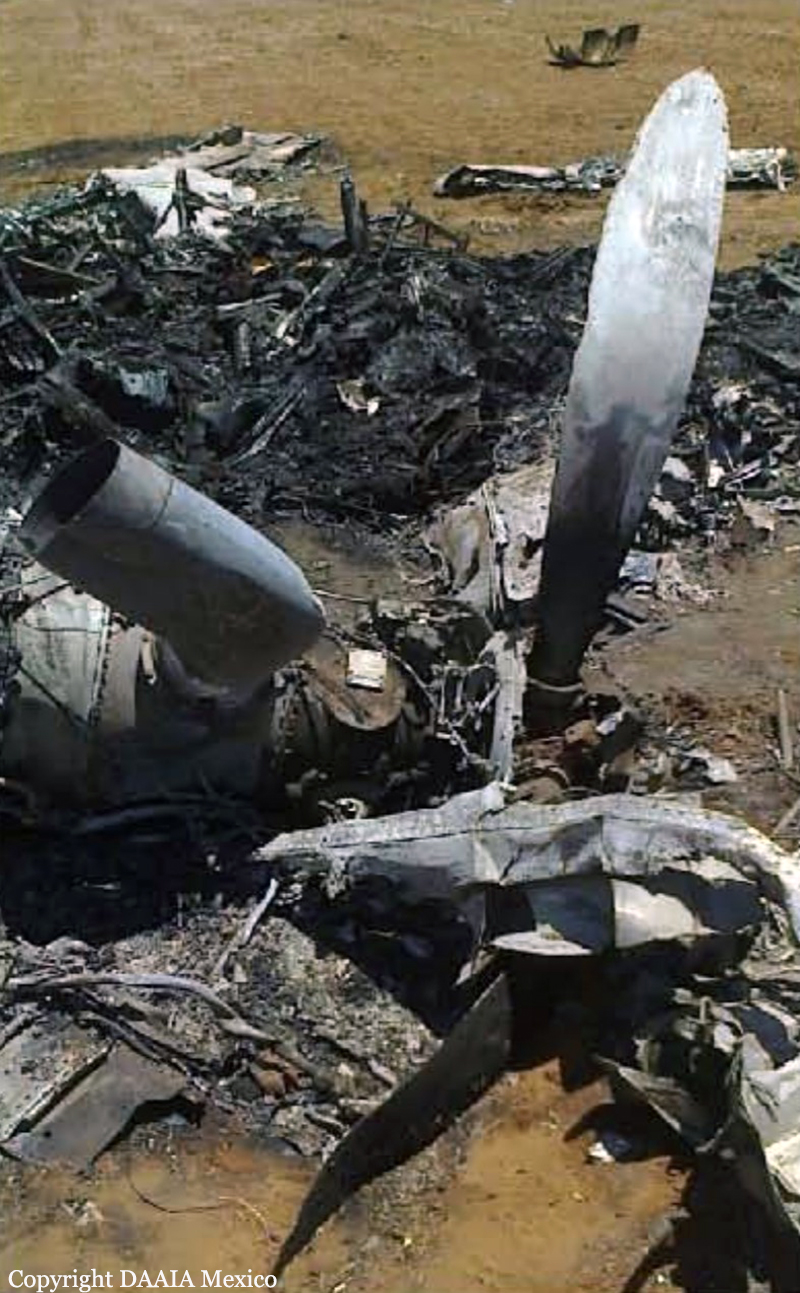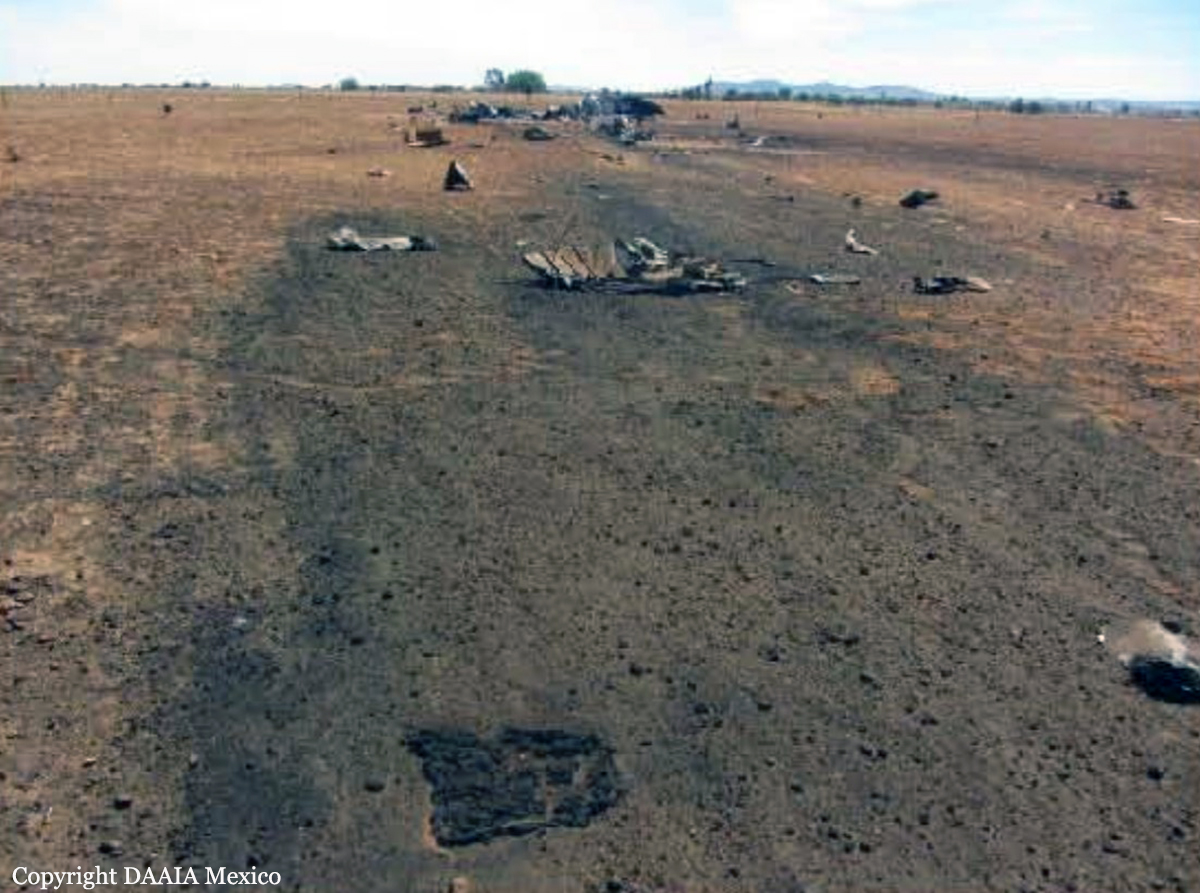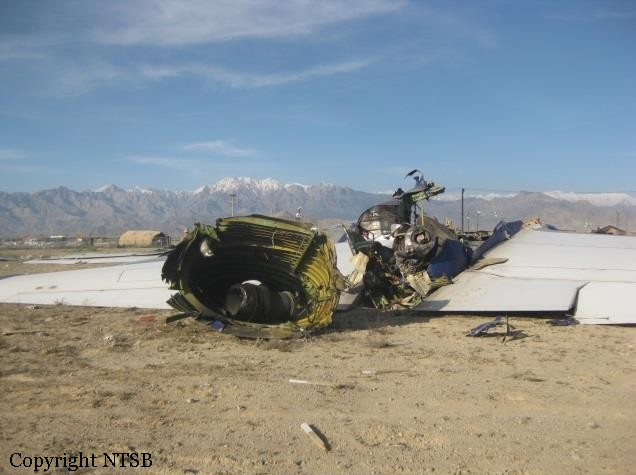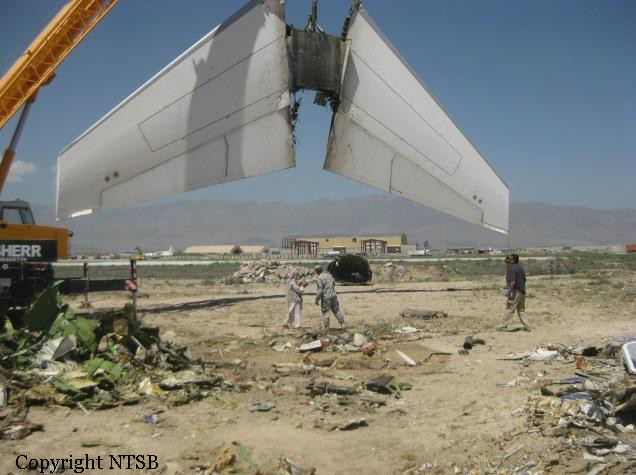Crash of a Dornier DO228-202K in Simikot
Date & Time:
Jun 1, 2013 at 0714 LT
Registration:
9N-AHB
Survivors:
Yes
Schedule:
Nepalgunj - Simikot
MSN:
8169
YOM:
1989
Crew on board:
2
Crew fatalities:
Pax on board:
5
Pax fatalities:
Other fatalities:
Total fatalities:
0
Circumstances:
The twin engine aircraft was completing a charter flight from Nepalgunj to Simikot, carrying two pilots and five passengers. On approach to Simikot Airport, ground fog and low visibility forced the crew to initiate a go-around procedure. A second and a third attempt to land were abandoned few minutes later. During the fourth attempt to land, without sufficient visual contact with the ground, the crew continued the approach, passed through the clouds when the aircraft landed hard short of runway 28. Upon impact, the undercarriage were torn off and the aircraft slid for few dozen metres, veered to the right and came to rest on the right side of the runway with its left wing broken in two. All seven occupants escaped uninjured and the aircraft was damaged beyond repair.
